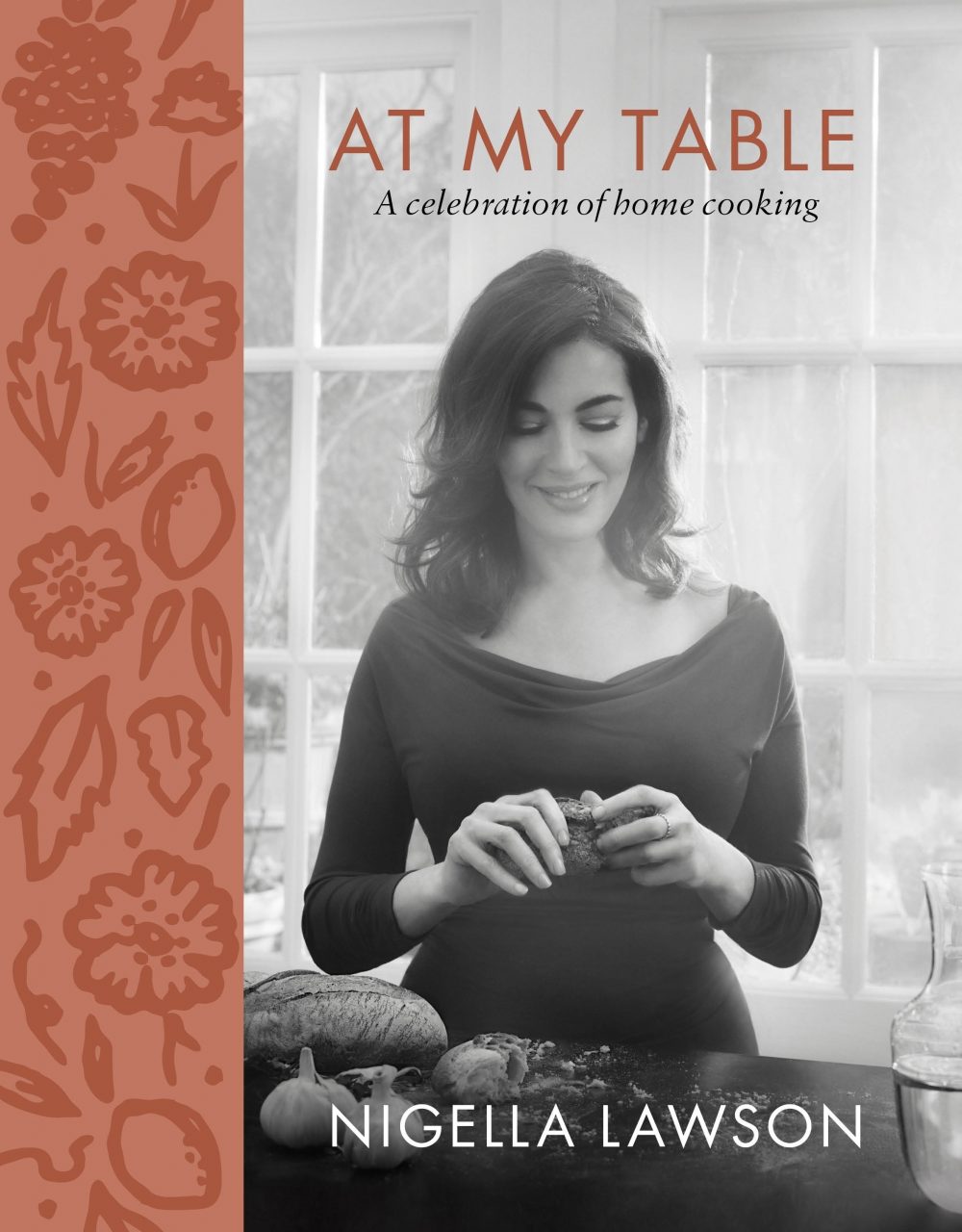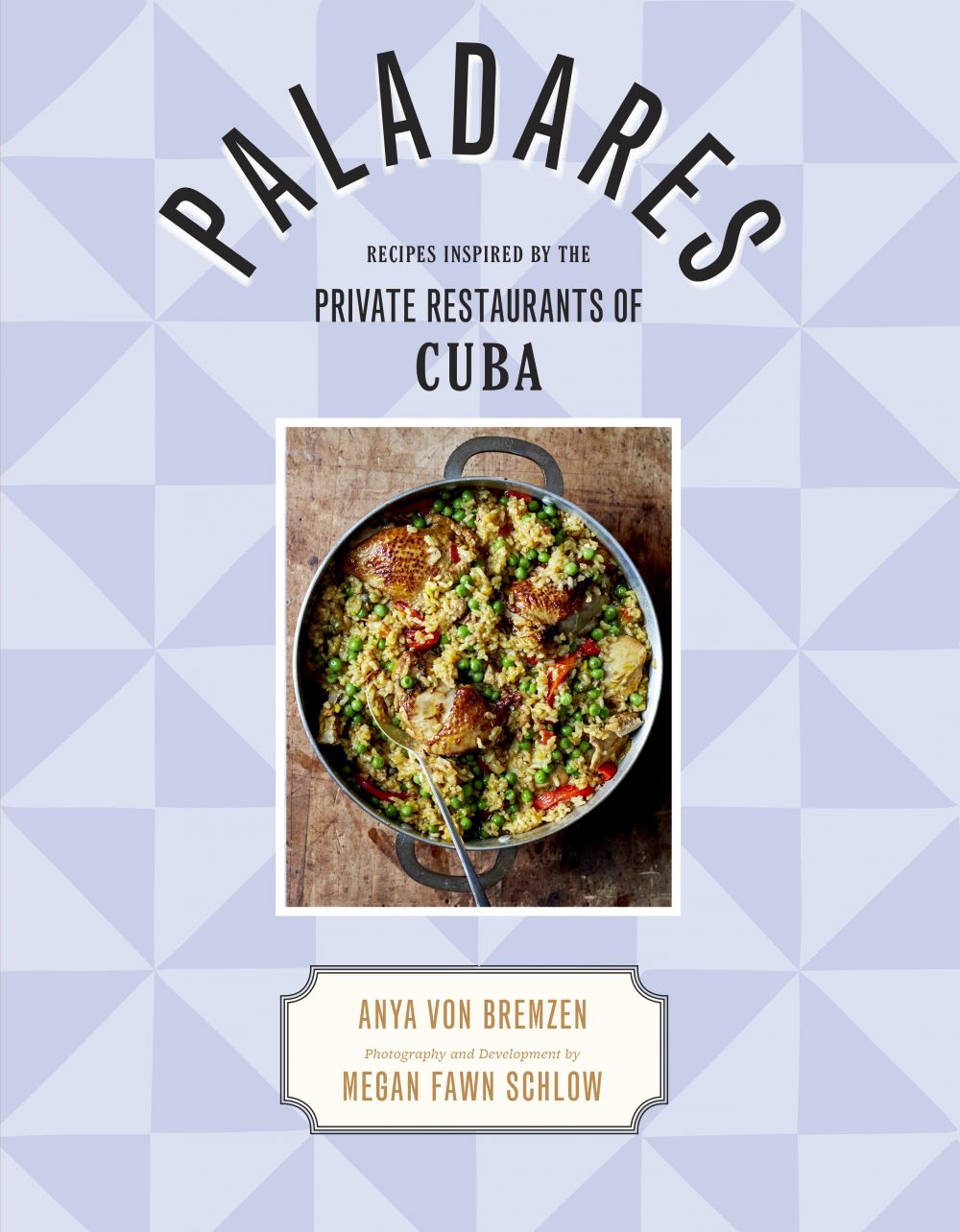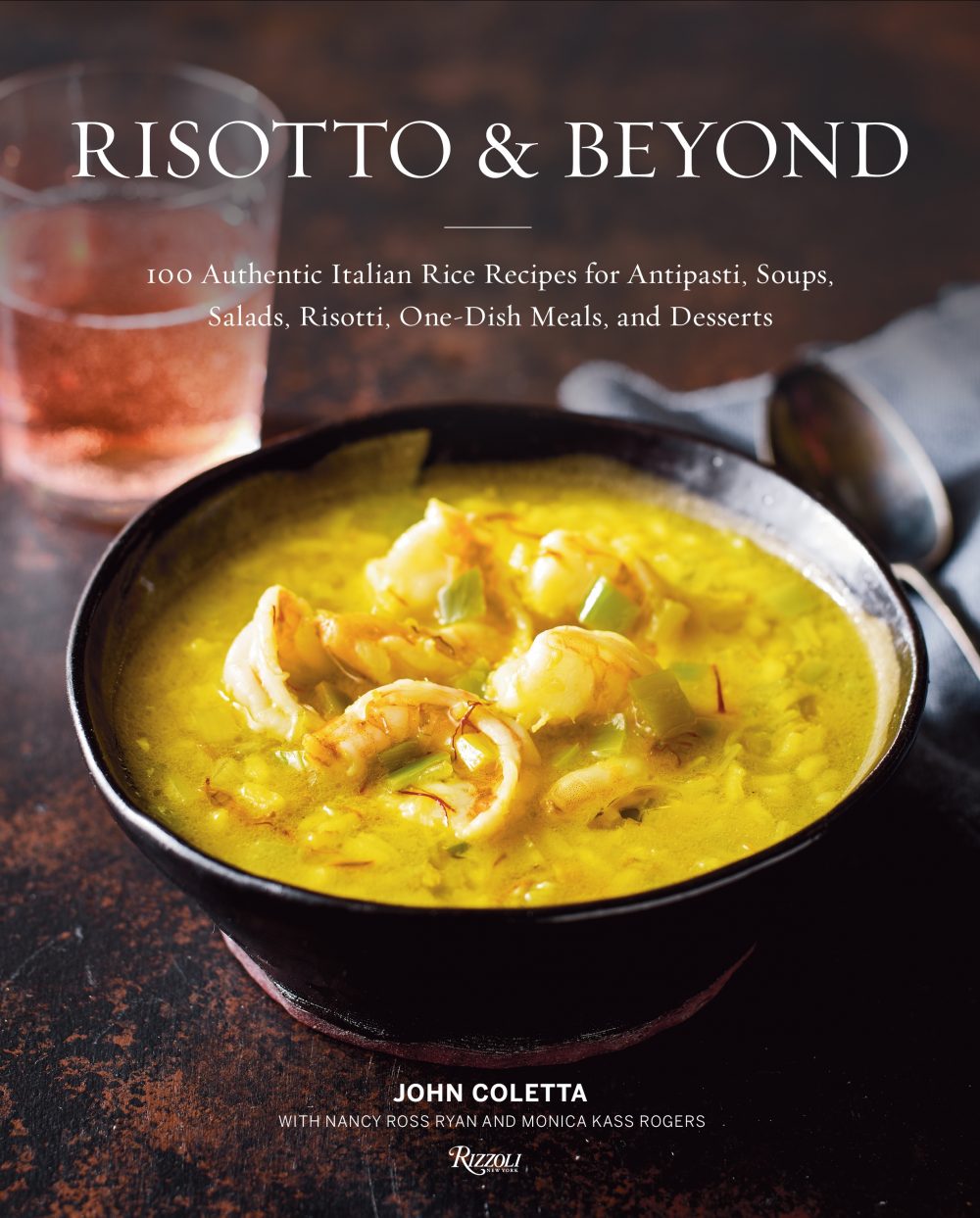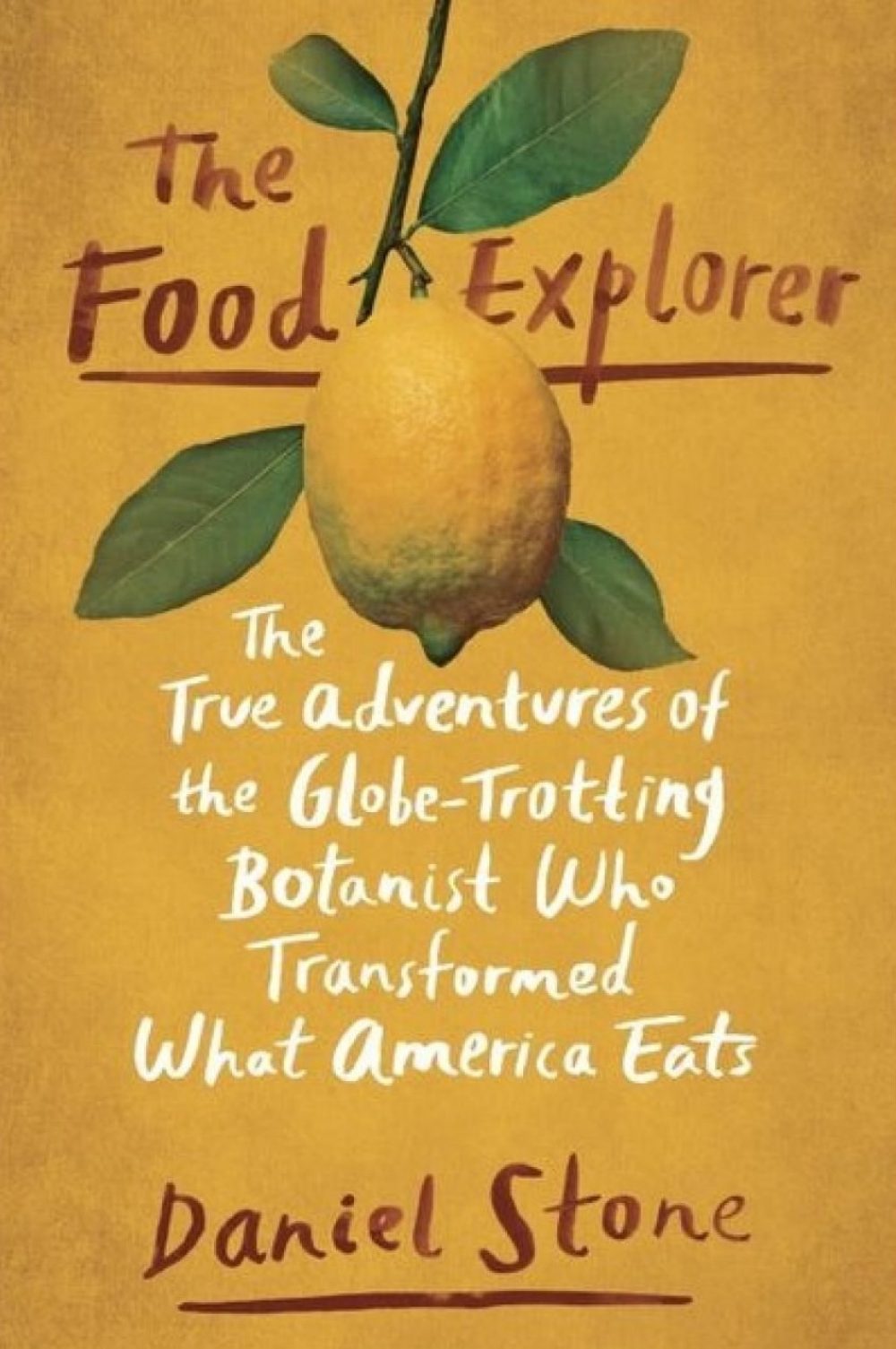The Food Explorer
by Daniel Stone
According to Dan Stone, “Apples come from Kahzakstan, bananas come from New Guinea, pineapples from Brazil, and the oranges and lemons that have fueled the economies of Florida and California? They originated in China ... Almost every food we eat is an immigrant.”
That sets the stage for Stone’s new book on David Fairchild, the “food explorer.” In the late 19th century at age 22, he created the USDA’s Section of Foreign Seed and Plant Introduction, then spent most of the next four decades traveling the world finding seeds and cuttings to bring back to America. In essence, he was an agricultural spy.
If this sounds like the adventures of Sinbad, well, it was. Stone writes, “Seedless lemons were found on the island of Poros, walnuts with shells almost as thin as paper on the island of Naxos, and the famous Valonia oak was discovered on Crete.” Among his most curious discoveries were avocados named by the Aztecs using their word for testicle. Citrons, pomelos, madarins and papedas were mixed to produce the modern orange, lemon and grapefruit. He was no fan of quinoa, which he found in Peru in 1898. According to Fairchild, “It was crunchy and fine and had a confusing glow.” His greatest failure, however, was the mangosteen. He called it the queen of fruits, but since it has little fruit and it is hard to grow, it never caught on.
His wealthy patron, Barbour Lathrop, funded most of his travels since the USDA thought Fairchild would be more useful back in Washington, D.C., sorting seeds. Theirs was an up and down relationship; Lathrop had a brash, Teddy Roosevelt demeanor, impatient and restless. Whereas Fairchild wanted to take his time at each port of call. But Lathrop was also an explorer of sorts. He was the first one to notice that coca leaves were the reason that porters in the Andes had so much energy. He sent samples to a lab stateside but they were never examined. (Stone adds that the original Coca-Cola contained 2.5 percent cocaine since the formula was concocted by a pharmacist addicted to morphine.)
Oddly enough, Fairchild’s greatest moment was his promotion of cherry blossom trees to beautify the capitol. The first shipment had to be burned due to insect infestation, but the second was a success. That you can still see the results of his efforts today reinforces the theme of this book; everyone and everything is an immigrant to America, from dates, mangoes and avocados to the cherry blossom trees in our nation’s capital.
Buy on Amazon
We are Nigella Lawson fans here at Milk Street. Her food is simple but with a twist, usually a flavor or technique from a cuisine far from her native London. Miso and sesame seeds for butterflied chicken; carrots and fennel with harissa. But she also throws in the classics as well, including apple pork chops, chopped salad and sticky toffee pudding. And she can be refreshingly down to earth. She is no fan of salad snobs; iceberg is just fine (she adds fried chicken skin to iceberg in one intriguing recipe). She thinks hash is a lovely idea for leftovers. And a traybake—the British term for an everything-roasted-on-one-pan dinner—is part of her repertoire. As she often says, “Life is complicated; cooking doesn’t have to be.”
Buy on Amazon

At My Table
by Nigella Lawson

Paladares
by Anya von Bremzen
These recipes are inspired by the private restaurants of Cuba, from a simple pot of black beans to lobster with creole sauce, pumpkin rice, Cuban polenta and grandmother’s custard (natilla). Most of the recipes seem well suited to the home cook, the full-page color photographs are appealing and the notion is fresh. Though the everyday cooking of Cuba may be limited by the availability of ingredients there, these private restaurants offer a wider range.
Buy on Amazon
For those of us who grew up in New England, rice was either an unadorned side dish or a pudding. The rest of world, however, views rice as a starting point. John Coletta’s new book, “Risotto & Beyond,” delves deep into how the Italians use rice. Whether you want to add leeks and Grana Padano to your risotto, or spinach pesto and Parmigiano-Reggiano, the appeal is the same—a basic stovetop technique (he also offers an oven version) yields countless variations. And he adds plenty of surprises, including a no-bake rice soufflé and a rice frittata.
Buy on Amazon

Risotto and Beyond
by John Coletta







